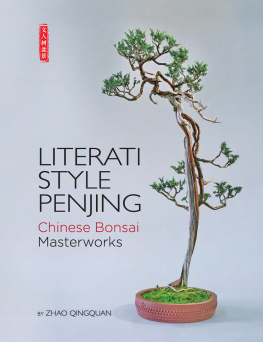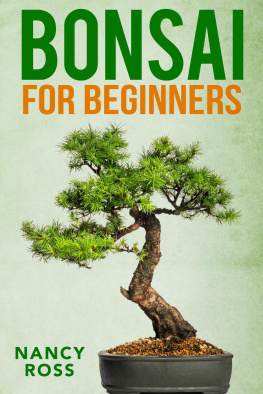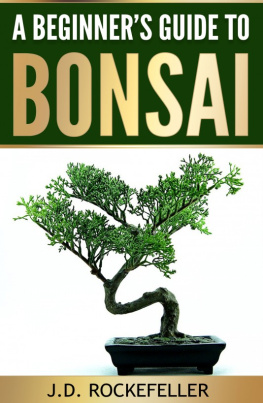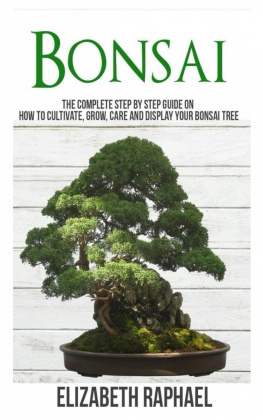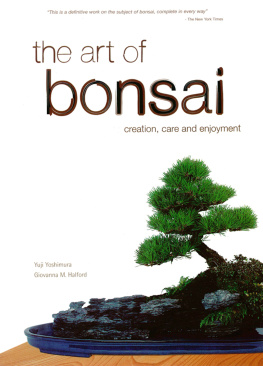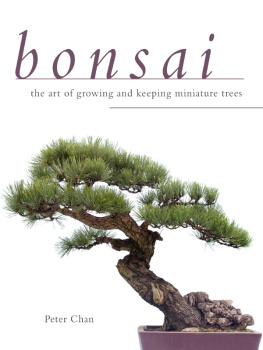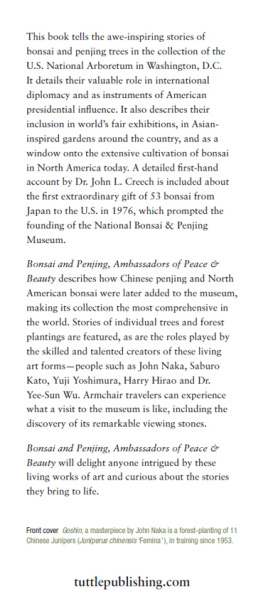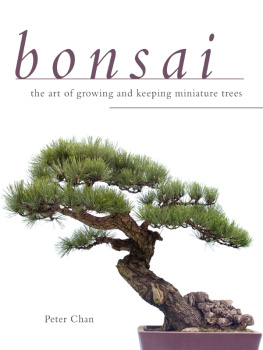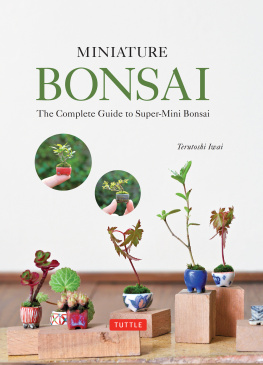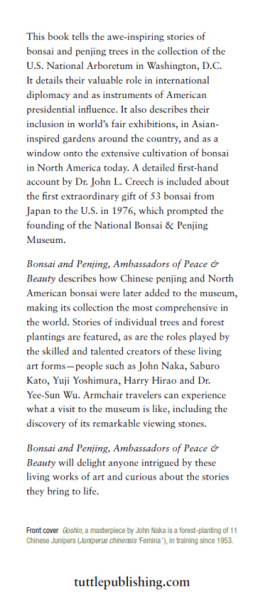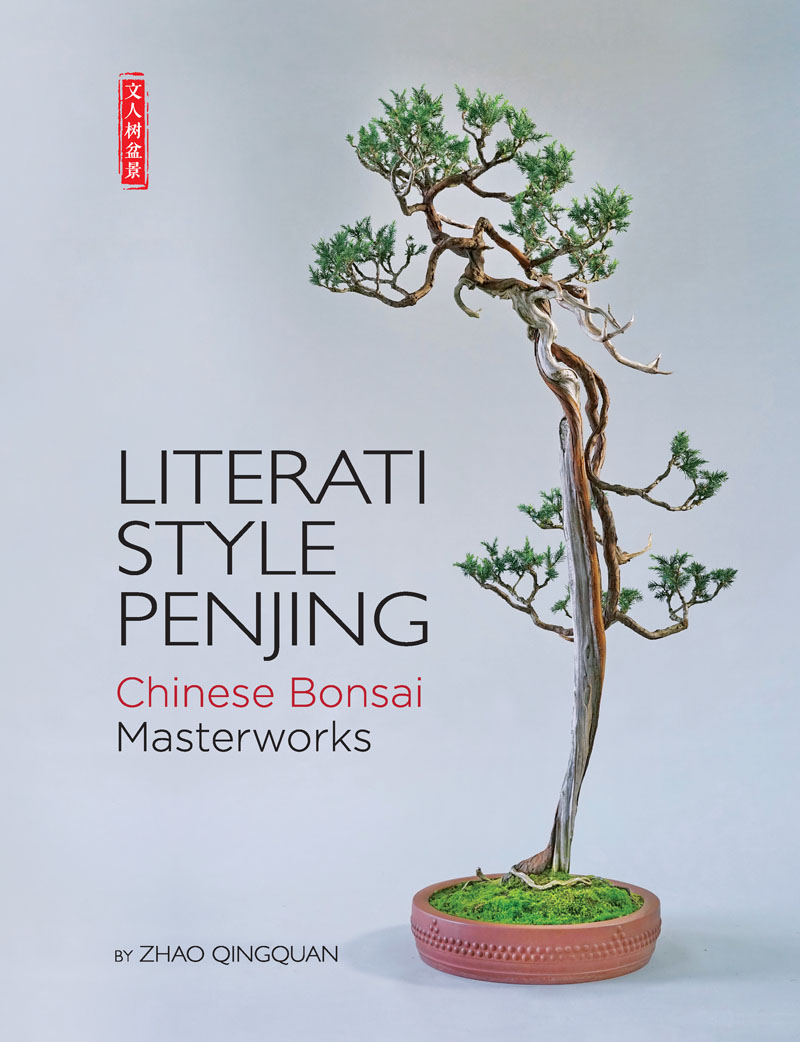Qingquan Zhao - Literati Style Penjing: Chinese Bonsai Masterworks
Here you can read online Qingquan Zhao - Literati Style Penjing: Chinese Bonsai Masterworks full text of the book (entire story) in english for free. Download pdf and epub, get meaning, cover and reviews about this ebook. year: 2015, publisher: Shanghai Press, genre: Detective and thriller. Description of the work, (preface) as well as reviews are available. Best literature library LitArk.com created for fans of good reading and offers a wide selection of genres:
Romance novel
Science fiction
Adventure
Detective
Science
History
Home and family
Prose
Art
Politics
Computer
Non-fiction
Religion
Business
Children
Humor
Choose a favorite category and find really read worthwhile books. Enjoy immersion in the world of imagination, feel the emotions of the characters or learn something new for yourself, make an fascinating discovery.
- Book:Literati Style Penjing: Chinese Bonsai Masterworks
- Author:
- Publisher:Shanghai Press
- Genre:
- Year:2015
- Rating:4 / 5
- Favourites:Add to favourites
- Your mark:
Literati Style Penjing: Chinese Bonsai Masterworks: summary, description and annotation
We offer to read an annotation, description, summary or preface (depends on what the author of the book "Literati Style Penjing: Chinese Bonsai Masterworks" wrote himself). If you haven't found the necessary information about the book — write in the comments, we will try to find it.
The art of bonsai is widely known in the West: from the Karate Kid to the American Bonsai Association and even local grocery stores, bonsai has become a common sight in the States. But bonsai, the Japanese art of creating miniature trees, actually originated in China, where its called penjing. Penjing, meaning tray scenery, is a traditional Chinese art of creating miniature potted landscapes including trees and other plants. Brought from China to Japan in ancient times before spreading to the West, bonsai/penjing is now popular throughout the world.
In China, the art of creating miniature landscapes has evolved in several different ways. Literati Style Penjing: Chinese Bonsai Masterworks focuses on a special category of penjing associated with traditional Chinese culture, such as the painting of the literati, or elite scholar-bureaucrats, of imperial China. Like literati ink paintings, this style of penjing has a subtle elegance distinguished by a lone, lean trunk with sparse foliage exhibiting distinct lines and simplicity.
The term literati style penjing has been widely accepted by the bonsai community and is becoming more common within the bonsai world. It is well suited to melding concepts from Chinese painting, poetry and Zen into a stunning bonsai work, making it of interest to a wide variety of gardening styles.
Literati Style Penjing; Chinese Bonsai Masterworks explains the concept of penjing with a literati bent, exploring its rich history and aesthetics, as well as cultivation techniques, and care and maintenance. It includes 12 examples of literati style penjing creations, which incorporate a deep knowledge of the art form together with practical creativity and artistic beauty.
Lovers of bonsai will find much to inspire and delight within these pages.
Qingquan Zhao: author's other books
Who wrote Literati Style Penjing: Chinese Bonsai Masterworks? Find out the surname, the name of the author of the book and a list of all author's works by series.

